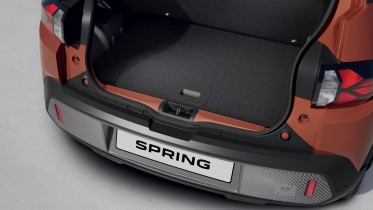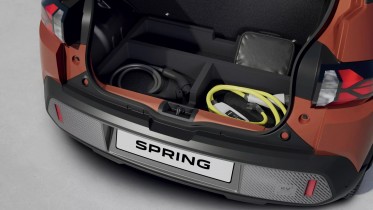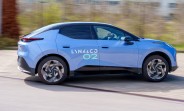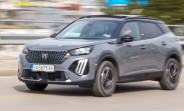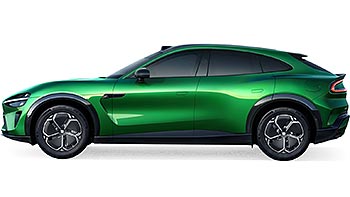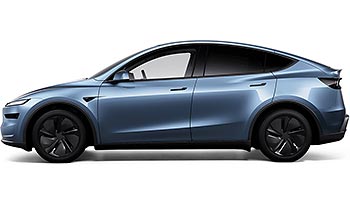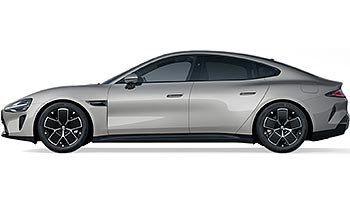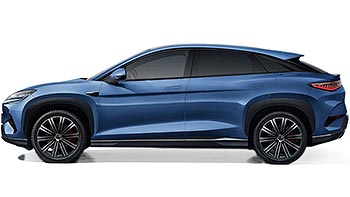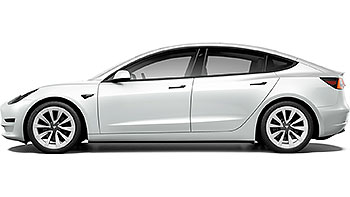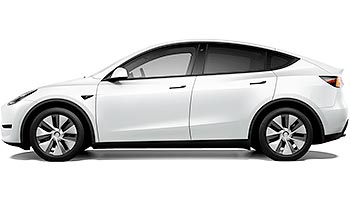Dacia Spring gets a serious power boost, but keeps its tiny price tag
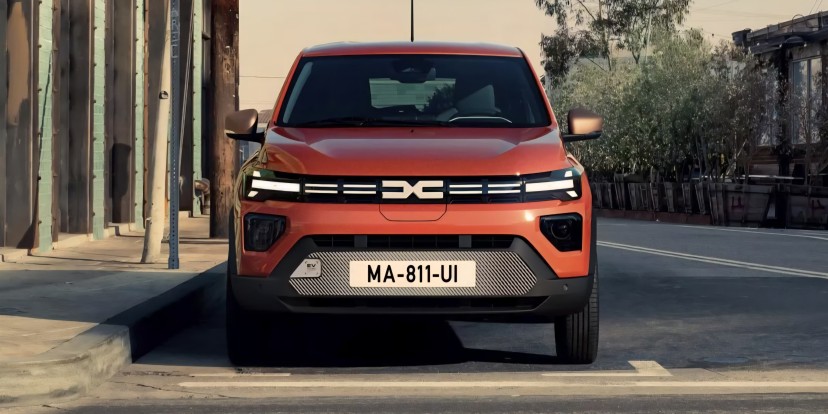
Dacia has long held the title for Europe's most affordable electric car with its no-frills city runabout, the Spring. For many, its low price justified its "leisurely" performance. That trade-off is now a thing of the past. The Romanian automaker, a subsidiary of Renault, has given the Dacia Spring a big update, focusing on what it needed most: more power. The result is an electric vehicle that's still perfect for navigating tight city streets, but now it can comfortably hold its own on the highway.
The previous 45 hp and 65 hp units have been retired. In their place are a 70 horsepower (52 kW) motor and a punchy 100 horsepower (75 kW) version. While these numbers may not sound huge in the grand scheme of electric cars, for a car that weighs about one tonne, the difference is night and day.
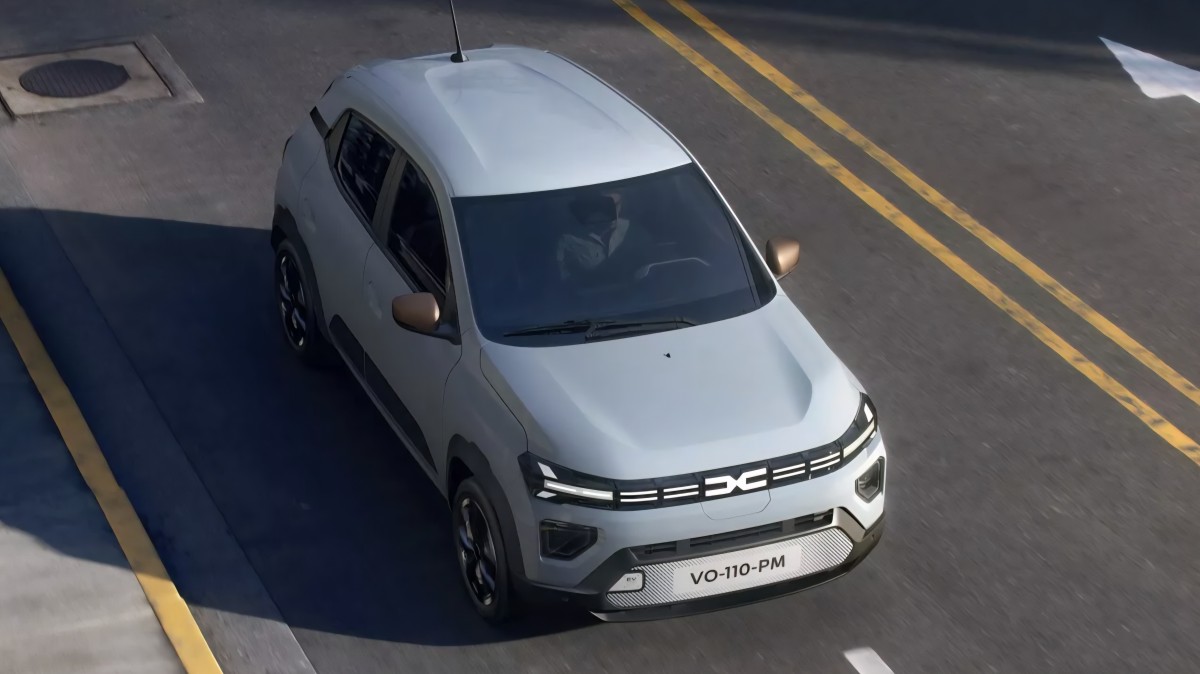
The improvement is most obvious when getting up to highway speeds. The old 65 hp model took a yawning 14 seconds to accelerate from 50 mph to 75 mph. The new 100 hp Spring does it in just 6.9 seconds, making merging and overtaking a much less stressful affair. The 70 hp version is not horrible either, completing the same task in 10.3 seconds.
With this new power, one might expect a bigger battery, but Dacia stuck with a small 24.3 kWh pack. While the size is the same, the technology inside is new. The Spring now uses a Lithium Iron Phosphate (LFP) battery, a first for the Renault Group. This type of battery is known for being safer, longer-lasting, and less expensive to produce, which helps Dacia keep the car's price low.
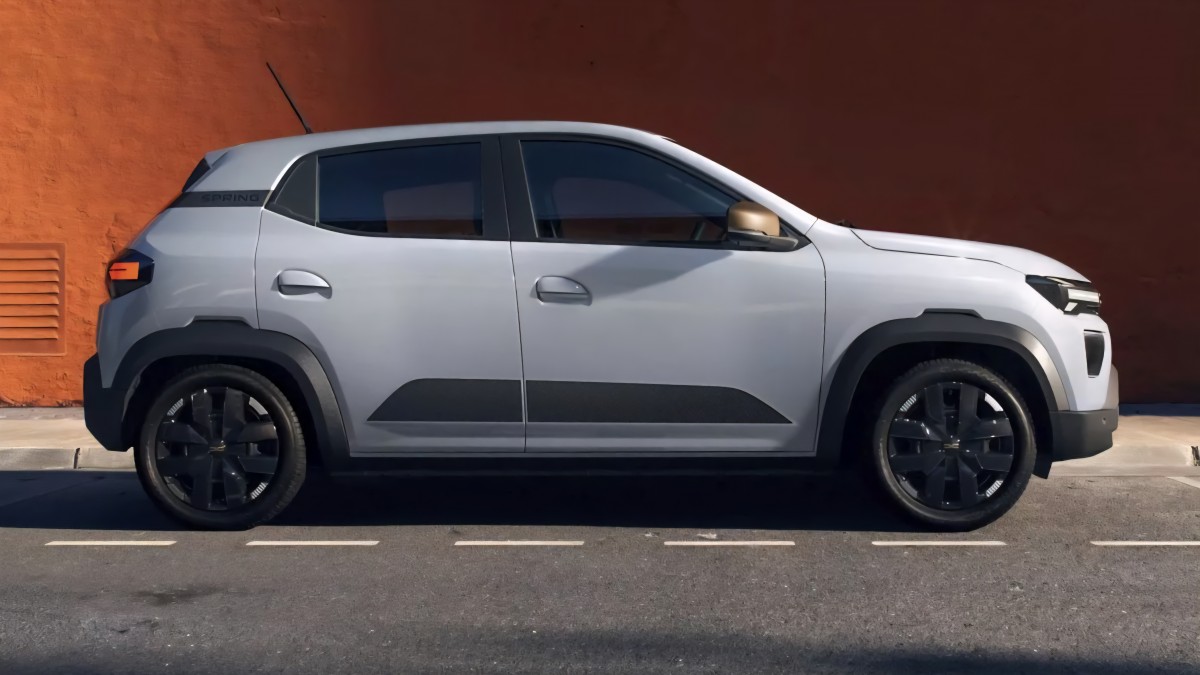
The official range is 140 miles on the WLTP cycle. Dacia argues this is more than enough, as their data shows the average owner drives only 21 miles per day. For a week of commuting, one charge should do the trick.
When it is time to plug in, the process is now faster. An optional on-board 40 kW DC fast charger can take the battery from 20% to 80% in just 29 minutes. The standard 7 kW AC charger can now fill the battery from 20% to 100% in 3 hours and 20 minutes from a home wall box, a decent improvement over the previous four-hour time. When using a regular household outlet, a full charge takes just over 10 hours, and a Vehicle-to-Load (V2L) option is also available.
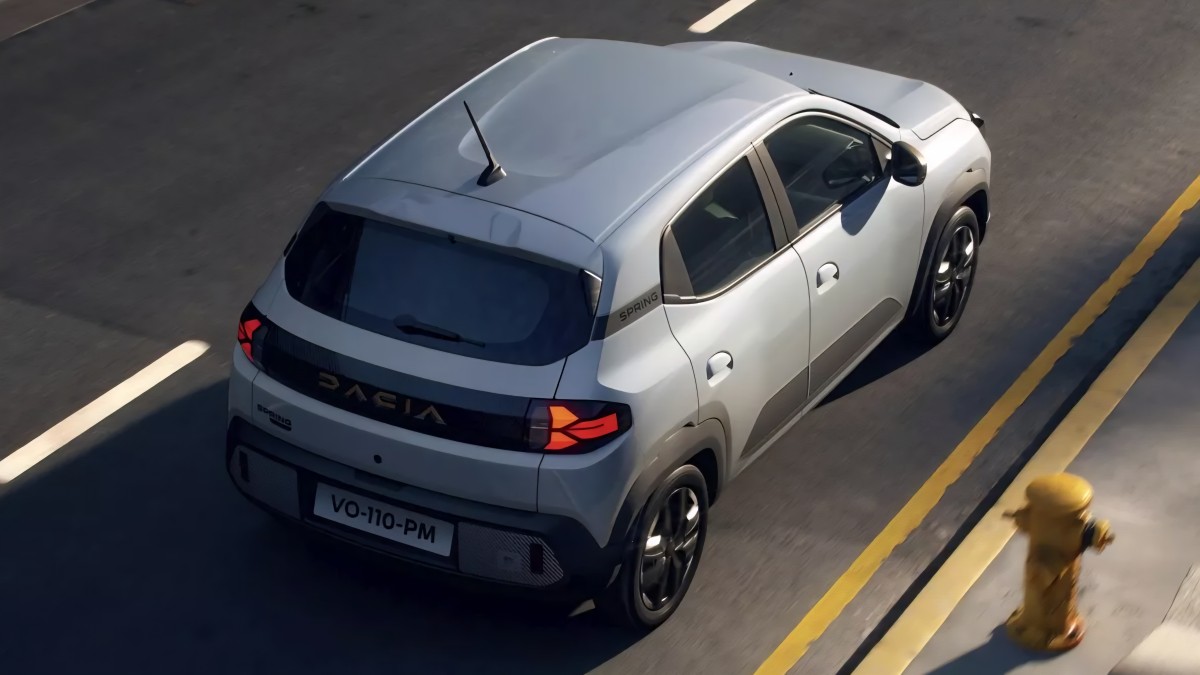
But the refresh turns out to be more than just a motor swap. Engineers made changes to the car's structure and suspension. The platform is stiffer, and weight is distributed more evenly for better balance. The brakes are stronger, and for the first time, the Dacia Spring comes with an anti-roll bar to improve stability in corners.
The company also worked to make the car slipperier through the air by adding new underbody panels and a new spoiler at the back. These small aerodynamic tweaks help squeeze a little more distance out of the battery.
Inside, the Spring remains a champion of practicality. Its 10.9 ft³ trunk is the largest in its class, expanding to 35.5 ft³ with the rear seats folded down. That's more cargo space than many larger cars offer. Every model now comes with a 7-inch digital driver display. The base infotainment system, called Media Control, uses a free app to turn a smartphone into the car's main screen.
Higher trims come with a 10.1-inch central touchscreen with wireless Apple CarPlay and Android Auto. Dacia also includes its clever YouClip system, which provides three anchor points for attaching accessories like phone holders or storage pouches.
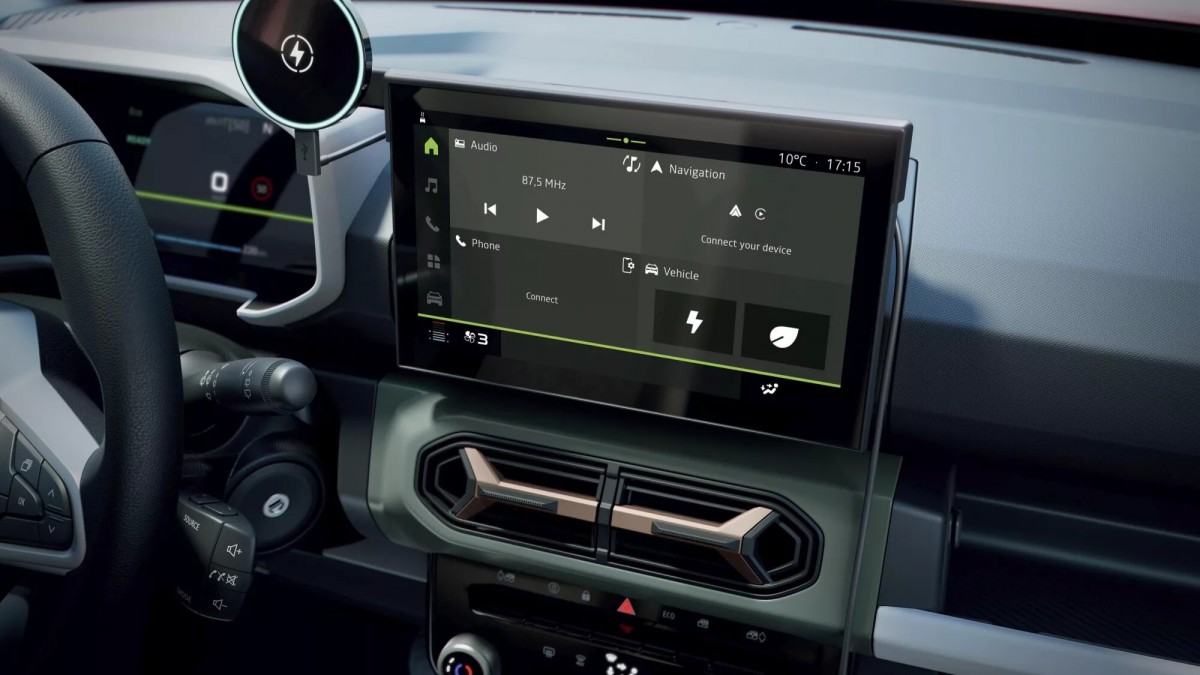
Dacia keeps the model lineup simple and the prices low. The range starts with the Essential trim at $19,800, which gets the 70 hp motor, the digital dash, cruise control, and rear parking sensors. The Expression trim adds manual air conditioning and 15-inch wheels.
Topping the range is the Extreme model, which comes exclusively with the 100 hp motor and adds the 10.1-inch infotainment screen, copper-colored accents, and power rear windows. Even fully equipped, the entire range still stays under the $23,000 mark, cementing the Dacia Spring's position as one of the most accessible electric cars on the market.
Related
Reader comments
Nothing yet. Be the first to comment.
